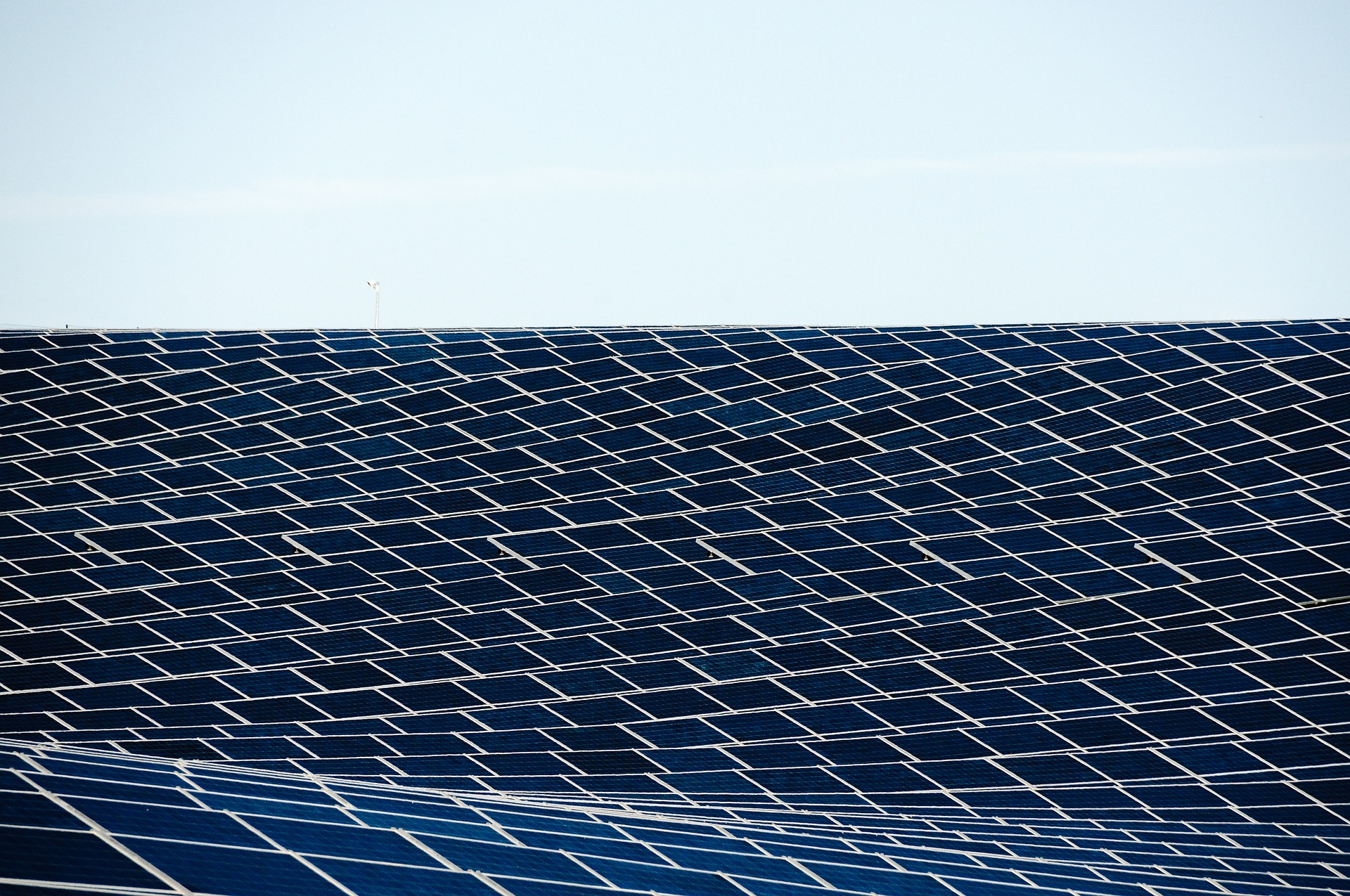Solar farms usually involve multiple stakeholders, all of whom benefit from the construction and operation of a solar farm. In a traditional example of a Massachusetts solar farm, let's say we have the following stakeholders listed below:
Typical Stakeholders & Earning Potential*
- Solar Project Developer: 5%-10% of build cost
- Solar Project Sponsor: 6%-14% IRR based on risk/reward of the asset.
- Solar EPC Contractor: 10%-15% of build cost
- Solar O&M Provider: 20% of the O&M budget
- Local Government & Property Taxing Authorities: $1,000/MW/Year
- Landowner: 10% of the project revenues
- Utility and/or Transmission Owner/Operator or ISO/RTO: $0.05/Watt DC - $0.10/Watt DC
*All of the figures listed above are high level, and are based on actual market conditions & location of the plant. Project revenue, and the sale price for energy generation, play a key part in the cash flows and overall project economics.
Project developers are responsible for structuring the project and putting all of the pieces of the puzzle together. The solar project developer is the party with the vision—and the responsibility for turning this vision into an operating, energy-generating facility. Project sponsors are responsible for committing the necessary sponsor equity, and will be the operator of the electricity-generating assets in the long-term. Project sponsors can be infrastructure equity funds, independent power producers, or utilities. Depending on the type of project sponsor and operator, they may hold ownership of the asset for 5-7 years—or even longer depending on their business model.
If you’ve got the land, we’ve got the solar panels. YSG Solar takes care of the entire process from start to finish, so you can focus on the extra revenue. Contact YSG Solar today to learn how it all works and find out just how much you could earn. Send us an email, or call the office at 212.389.9215 to learn more.

